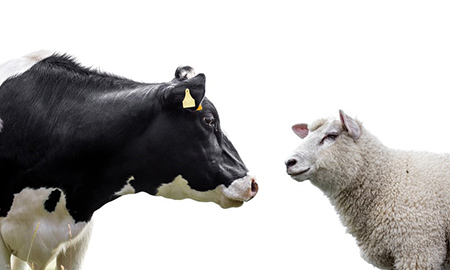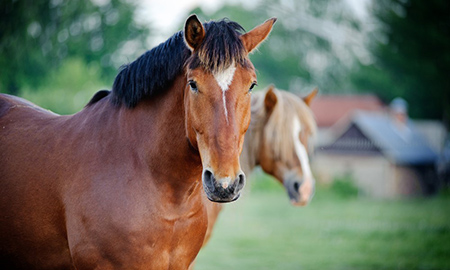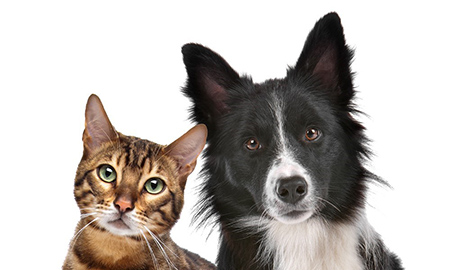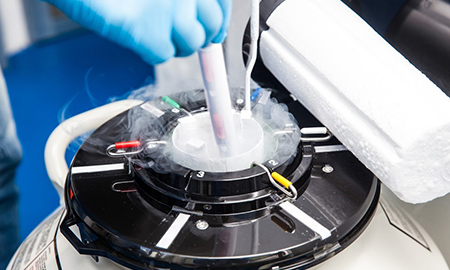We regulate the export of live animals and animal reproductive material from Australia.
Types of animals exported
Animals that can be exported from Australia include:
- livestock
- horses
- companion and assistant animals
- birds
- laboratory animals
- zoo and exotic animals.
Our definition of livestock includes sheep, goats, cattle, buffalo and camelids.
How to export live animals
If you export live animals, you must comply with:
- export legislation
- animal welfare standards
- importing country requirements.
Preparations to export live animals is important. There are specific regulatory export requirements you need to follow.
Find information related to what you are exporting.
Our role in live animal exports
We play a vital role in live animal exports through regulation, partnership and engagement.
The standards we set and enforce reflect values of the Australian community and those involved in the export of live animals.
These standards protect the health and welfare of exported animals, supported by research and evidence, and ensure the requirements of importing countries are met.
We also ensure we have a robust regulatory framework for ensuring exporters and others involved in the live export trade meet our regulatory requirements.
This includes a framework of verification and assurance activities, that can provide confidence to the Australian public and importing countries that our high standards are being met.
For livestock exports, exporters must also comply with:
- Australian Standards for the Export of Livestock (ASEL); and
- Exporter Supply Chain Assurance System (ESCAS) for feeder and slaughter livestock.
ASEL sets out the minimum animal health and welfare requirements that must be met. This must occur throughout the entire supply chain, from sourcing to arrival overseas.
Following arrival overseas our regulatory oversight continues for some livestock. For livestock entering the local meat supply chain, this oversight continues up to and including the point of slaughter. This occurs through ESCAS.
ESCAS provides assurance on the humane treatment and handling of livestock in the importing country. We have the only regulatory system in the world that requires exporters to have arrangements in the importing country. This ensures strict animal welfare standards are met.
Australia continues to positively influence and improve animal welfare standards in international markets.
Ongoing investments in export markets include:
- developing infrastructure
- providing education and training to improve animal handling practices.
Providing these opportunities to improve animal welfare standards can benefit the welfare outcomes for all animals.
As a regulator, we actively engage with people involved in exporting live animals where appropriate.
There are stakeholders we will engage with more frequently than others, depending on the circumstances.
Our stakeholder communication and engagement policy outlines the circumstances, practices and platforms we may use to engage with stakeholders.
Download
Stakeholder communication and engagement policy (PDF 190 KB)
Stakeholder communication and engagement policy (DOCX 242 KB)
If you have difficulty accessing these files, visit web accessibility for assistance.
Our Export Advisory Notices and Market Access Notices keep you updated of new information, advice, or instructions.
You can subscribe to receive these notices by email.




